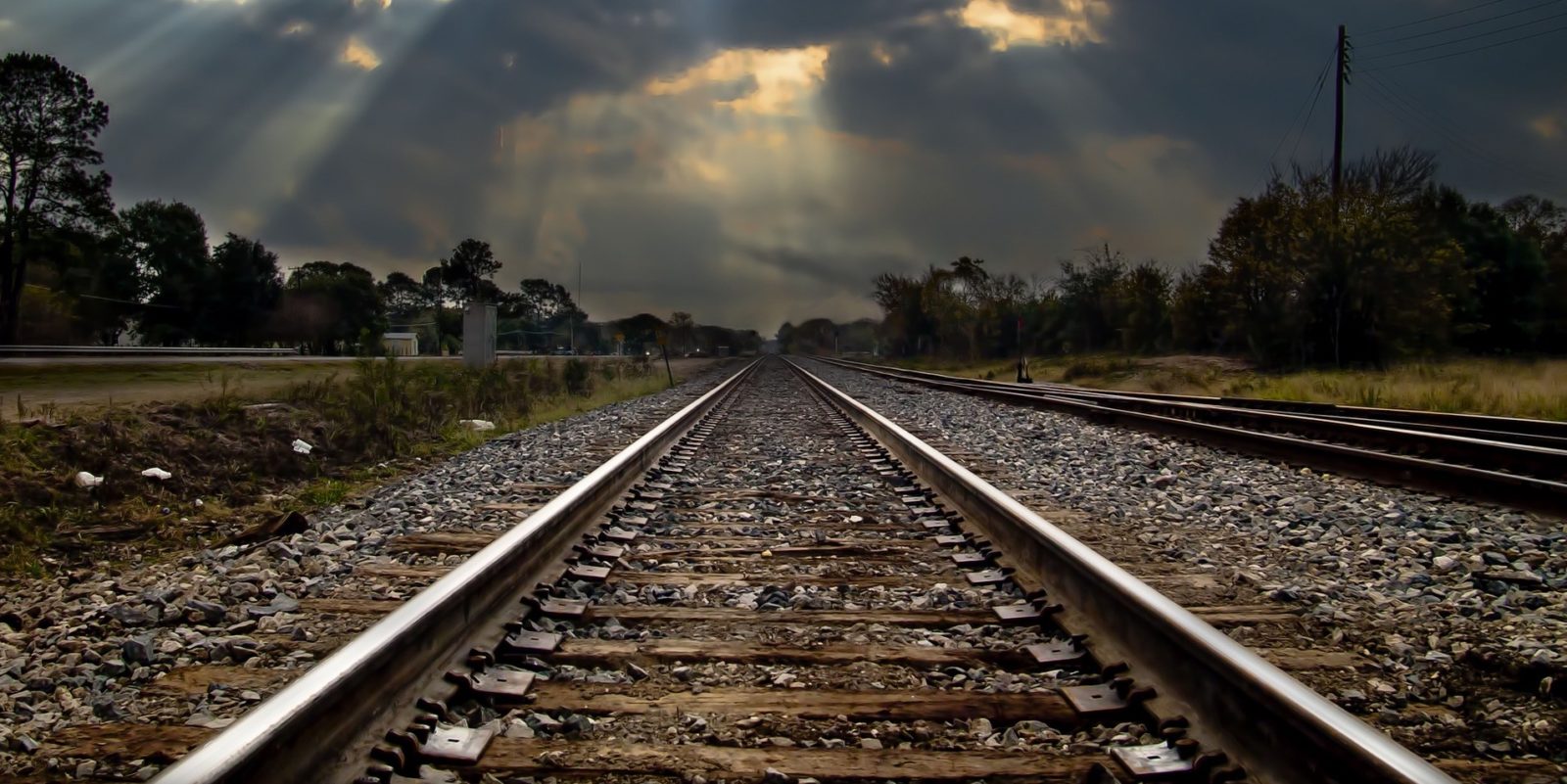The theory often floated by opponents of investing in the Inland Mississippi River System is that barge volume can easily be shifted to rail. In the short-run, railroads have already allocated resources that cannot be easily moved. Aside from relocating equipment, union labor also must be relocated. A more profitable option is to maximize volume on existing tracks and charge a higher tariff rate. The reality is railroad companies are private entities that are primarily concerned with maximizing profits by transporting more cargo over its existing tracks.
When comparing the rail tariff rates from Minneapolis, Minnesota to the Center Gulf and Pacific Northwest, the CN railroad had to increase tariffs to ration consumption during the high-water event. The fact of the matter is many products hauled by the barge industry are low value bulk commodities that are not exactly the “fun” part of the business. For example, a Walmart distribution hub is very attractive to investors because of the long-term commitment and the intermodal freight in containers is more valuable than bulk commodities.

Almost all soybeans exported from the U.S. are either shipped by barge or rail. In the U.S., the waterway system is the area in the greatest need of investment. According to The American Society of Civil Engineers, “the United States’ 25,000 miles of inland waterways and 239 locks form the freight network’s “water highway.” This intricate system, operated and maintained by the U.S. Army Corps of Engineers, supports more than half a million jobs and delivers more than 600 million tons of cargo each year, about 14% of all domestic freight. Most locks and dams on the system are well beyond their 50-year design life, and nearly half of vessels experience delays. Investment in the waterways system has increased in recent years, but upgrades on the system still take decades to complete.”
Railroad tracks are a major investment that often requires decades to turn a profit. As a result, the railroads are not going to make major investment decisions on short-term issues. Spending money that debottlenecks a choke point to allow more volume to move on existing track is a priority. In the U.S. transportation system, other transportation modes rely on the Inland Mississippi River System to move large bulk commodities. The idea that rail can “easily” handle an annual increase of over a half billion short tons of volume is simply a false statement. Having access to the Inland Mississippi River System is an important competitive advantage that helps U.S. soybean farmers compete in the world market. The financial health of the American farmer is directly linked to the Inland Mississippi River System.
